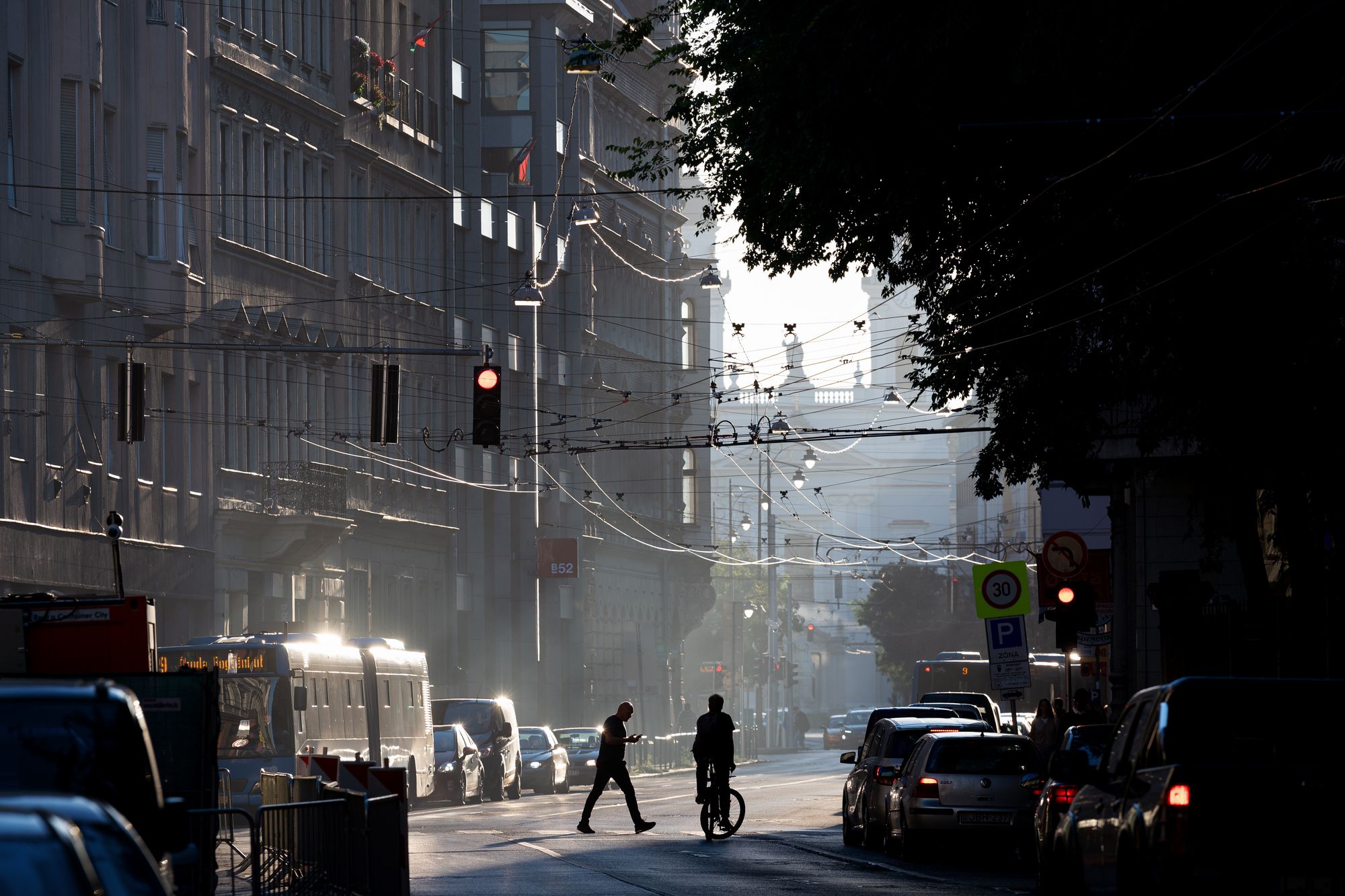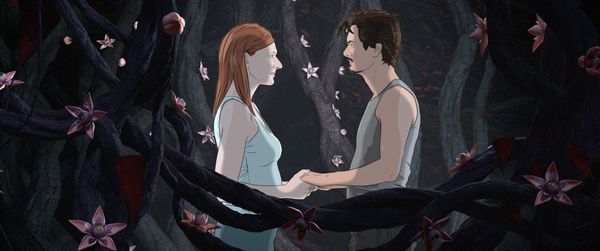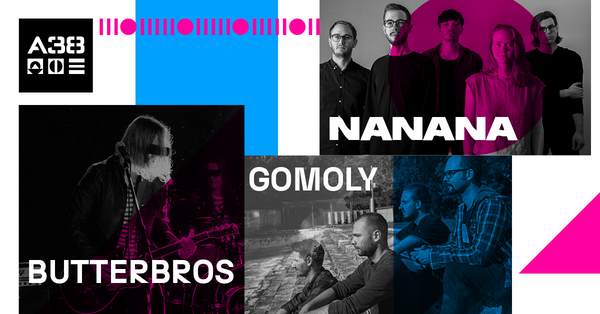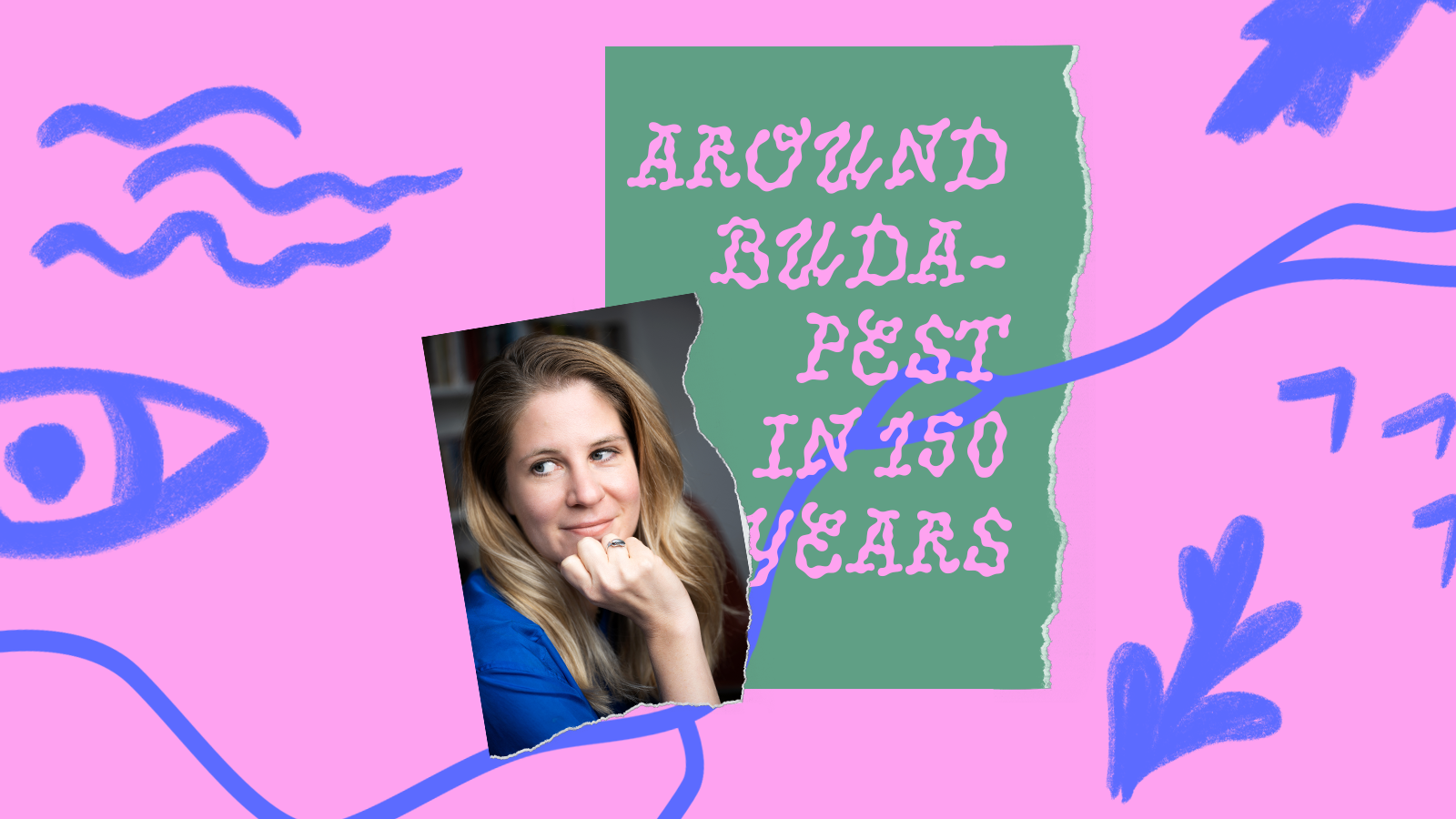People, words, buildings, stories, and moods—all of these and more have contributed to creating the Budapest we know today over the past 150 years. To mark the anniversary, we asked people who are connected to the capital by a thousand (or at least a hundred and fifty) threads about the past and future of Budapest and their personal connection to the city.
Bori Koniorczyk, co-founder of the hosszúlépés. járunk? walking tours
What would you have been in Budapest 150 years ago?
My life would be a longer or shorter series of varied unpleasantnesses, depending on whether I would die in one of my births. If I’m lucky and born into good circumstances, I get married and work neither as a maid nor a prostitute. I now have at least about four by this age. During my pregnancies, I don’t show myself to people very much, so in order to avoid confinement for as long as possible, I keep myself diligently tucked in a corset until at least the fifth month. This is not only painful but also cripples my children. Of course, I rarely go out in public without my husband anyway. So it’s a huge sensation in my life when the Parisian Department Store (Párisi Nagyáruház) opens, where we can finally not only hang out with my girlfriends instead of each other’s salons but also meet freely on Andrassy Avenue under the guise of ‘shopping’. Then the world and Budapest slowly start to change, so my daughter can go to high school, university, and later she is even allowed into cafés.


The differences in geography, history and development still create tangible contrasts between Buda and Pest. What do you like about both?
Apart from an intense year in the Újlipótváros district of Pest, I’ve always lived in Buda, so I’m biased. Very biased. I like the greenery, the hills, the views, the merging tramlines, and the fact that there are more and more good restaurants. However, unlike a really militant Budaian, I don’t think we should burn all the bridges. I like the theaters in Pest, the Art Nouveau, the Budapest Collection on the fourth floor of the Szabó Ervin Library, and the tapas bars. I love it when it’s hot and the basement windows blow cold air on my feet.
What are the best and worst things about Budapest?
We often talk about the old, grand cafés of the monarchy, but Budapest is as much a coffee city today as it was at the turn of the century. There are no giant gold-framed mirrors, and the international press has moved on to laptops, but the coffee is certainly better than it was in the days of Nyugat (an epochal turn-of-the-century literary journal—the Transl.). The worst thing is the Christmas market, which now basically runs from November to Easter, with its tacky trinkets, putrid sausages, low-quality mulled wine, and endless Jingle Bells.



Which image and/or song best describes Budapest for you?
I love street photography, for me, nothing captures the atmosphere of a particular era or city better than a well-taken picture. My Budapest is best captured in the pictures of Bertalan Soós. These photos do not necessarily show the pretty things, but transform very ordinary places and moments into something beautiful. This photo is the opening image of the Józsefváros chapter of Hosszúlépés Beyond the Boulevard (Hosszúlépés a körúton túl) walk tour. Bus number 9 has never been as romantic as in Berci’s picture.

If you had to recommend a book about Budapest that might also be available in a foreign language, which would it be?
András Török’s Budapest book is the best introduction for any foreigner arriving in Budapest who doesn’t imagine his or her time here in the triangle formed by Heroes’ Square, Buda Castle, and the Parliament.
Who or what is the most ‘Budapester’ person or thing for you?
The most Budapester person for me is Noémi Saly, with whom I have been working for nine years. No one knows more about the city than her, and she finds a story in every cobblestone. And the most Budapester thing is the little red ticket-punching machines you see on old trams and buses. Puzzled foreigners stand in front of them, perplexed, while ever-optimistic locals shove their tickets in, hoping to catch one of the handfuls that still works.
If you had to live in one of the region’s other capitals instead of Budapest—Vienna, Belgrade, Ljubljana, Bratislava, Prague, Warsaw, or Zagreb—, which one would you choose?
I’d like to live in Vienna because it’s green and clean, the people are nice, the schnitzel is crispy, and I could visit the exhibitions any day of the week and avoid the weekend hordes arriving from Budapest.

How do you see Budapest in another 150 years?
I can’t think 150 years ahead, but I hope that we will save the cinema soon! Budapest has a lot of old screening rooms behind various boulevard cafés, bookshops, warehouses, and so on. It would be nice if these spaces could be brought back to life and lead people back to the cinema. Netflix has its place in our lives, but I think it is sad to watch a really good film on your own.
Portrait: Bori Koniorczyk, photo: Bertalan Soós
Graphic design: Roland Molnár

White Plastic Sky: a stunning animated dystopia

Could Poland banish coal with small modular nuclear reactors?










